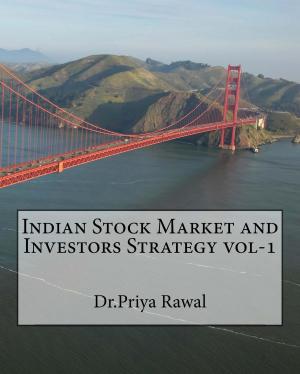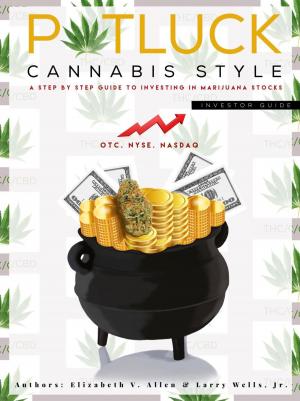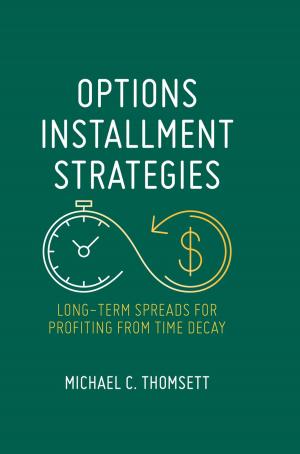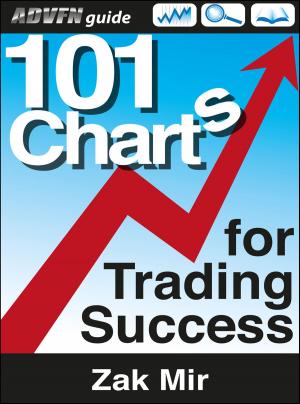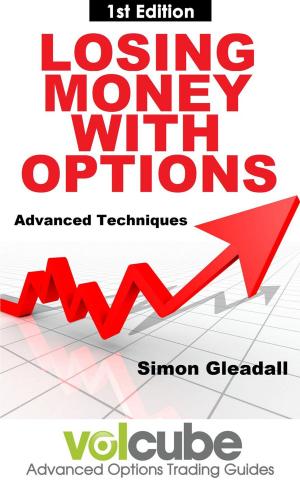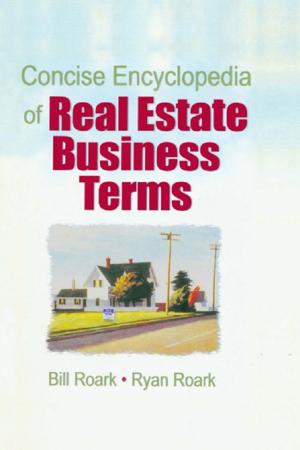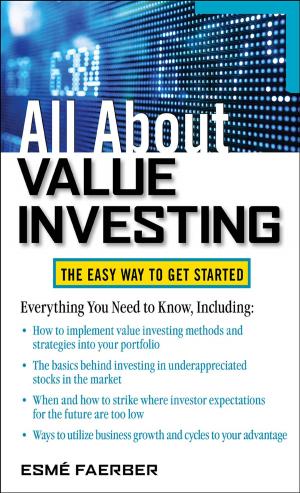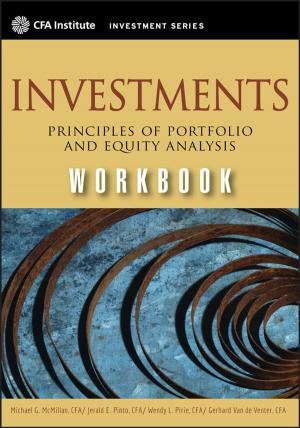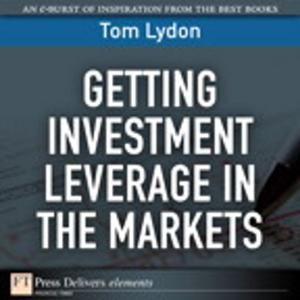Wildcats of Finance
Nonfiction, Social & Cultural Studies, Political Science, Politics, Economic Policy, Business & Finance, Finance & Investing, Investments & Securities| Author: | Steven Kim | ISBN: | 9781476271354 |
| Publisher: | Steven Kim | Publication: | July 13, 2012 |
| Imprint: | Smashwords Edition | Language: | English |
| Author: | Steven Kim |
| ISBN: | 9781476271354 |
| Publisher: | Steven Kim |
| Publication: | July 13, 2012 |
| Imprint: | Smashwords Edition |
| Language: | English |
Over the past few decades, hedge funds have played a growing role in causing or aggravating blowups in the capital markets as well as banking systems. The latest fiasco was the financial crisis of 2008, which ended up crippling the financial sector and slamming the real economy.
The blowup gave rise to the worst recession in more than half a century. The debacle wiped out trillions of dollars from each of the major stock markets round the globe. Another offshoot was the rubout of millions of jobs along with the squelch of trillions of dollars in lost output in the global economy.
The carnage in the marketplace led to widespread calls by the general public for the government to step in and rein in the hedge funds. The targets in the crosshairs ranged from boutique funds standing on their own to coddled groups nestled within commercial banks.
In response to the clangor, governments across the globe scurried to draw up a raft of regulations. To date, though, the hasty response has only served to trammel the financial markets while doing little or nothing to wipe out the threat for real. The lawmakers have taken the facile approach by fiddling with the symptoms rather than dealing with the disease itself.
Despite the hazards in store, myriads of investors have hankered after hedge funds of all stripes. The prospective patrons are lured into the ring by the hazy aura of vast profits.
According to a number of in-depth studies by credible researchers, the half-life of the most successful players in the field is approximately three years or less. In other words, the hasty investor who traipses into the arena faces even odds that their chosen fund will break down and go kaput within a few years.
On one hand, legions of investors doubtless nurse a nagging suspicion that there is something rotten in the vale of hedge funds. Yet most people lack the hard facts needed to sort out the misgivings.
The purpose of this primer is to debunk the myths, unmask the threats, and prescribe an agenda for reform. The guidebook is designed mainly for mindful investors focused on nurturing their nest eggs, along with earnest policymakers bent on safeguarding the financial markets and the real economy. Other types of readers range from concerned professionals in the financial community to thoughtful members of the society at large.
Over the past few decades, hedge funds have played a growing role in causing or aggravating blowups in the capital markets as well as banking systems. The latest fiasco was the financial crisis of 2008, which ended up crippling the financial sector and slamming the real economy.
The blowup gave rise to the worst recession in more than half a century. The debacle wiped out trillions of dollars from each of the major stock markets round the globe. Another offshoot was the rubout of millions of jobs along with the squelch of trillions of dollars in lost output in the global economy.
The carnage in the marketplace led to widespread calls by the general public for the government to step in and rein in the hedge funds. The targets in the crosshairs ranged from boutique funds standing on their own to coddled groups nestled within commercial banks.
In response to the clangor, governments across the globe scurried to draw up a raft of regulations. To date, though, the hasty response has only served to trammel the financial markets while doing little or nothing to wipe out the threat for real. The lawmakers have taken the facile approach by fiddling with the symptoms rather than dealing with the disease itself.
Despite the hazards in store, myriads of investors have hankered after hedge funds of all stripes. The prospective patrons are lured into the ring by the hazy aura of vast profits.
According to a number of in-depth studies by credible researchers, the half-life of the most successful players in the field is approximately three years or less. In other words, the hasty investor who traipses into the arena faces even odds that their chosen fund will break down and go kaput within a few years.
On one hand, legions of investors doubtless nurse a nagging suspicion that there is something rotten in the vale of hedge funds. Yet most people lack the hard facts needed to sort out the misgivings.
The purpose of this primer is to debunk the myths, unmask the threats, and prescribe an agenda for reform. The guidebook is designed mainly for mindful investors focused on nurturing their nest eggs, along with earnest policymakers bent on safeguarding the financial markets and the real economy. Other types of readers range from concerned professionals in the financial community to thoughtful members of the society at large.

